
Matt
Eating seasonally and locally can take a serious chunk off your environmental footprint while allowing you more control over your food sources and boosting the local economy. This guide provides you with a variety of useful tips on how to eat with the seasons, eating locally and growing your own fruit and vegetables.
What is Eating Seasonally?
If you ‘Eat the Seasons’, you eat food at the right times of year when nature intends us to. Each season has its prime produce when it reaches the best size, taste, nutritional value, and general goodness. For instance, during the dark winter months root vegetables such as carrots, parsnips and potatoes provide warmth but are deemed too heavy for the lighter summer months. Instead, fresh greens and tomatoes are more likely to match your body’s needs to be active in the sun.
Eating the Seasons also means you will be eating what’s available locally as the seasons shape your surrounding environment and what it serves up. Aligning yourself with nature by eating the seasons is similarly found in Chinese Medicine where one attempts to find balance, Yin and Yang, hot and cold, and wet and dry. Let food be thy medicine, and let medicine be thy food!
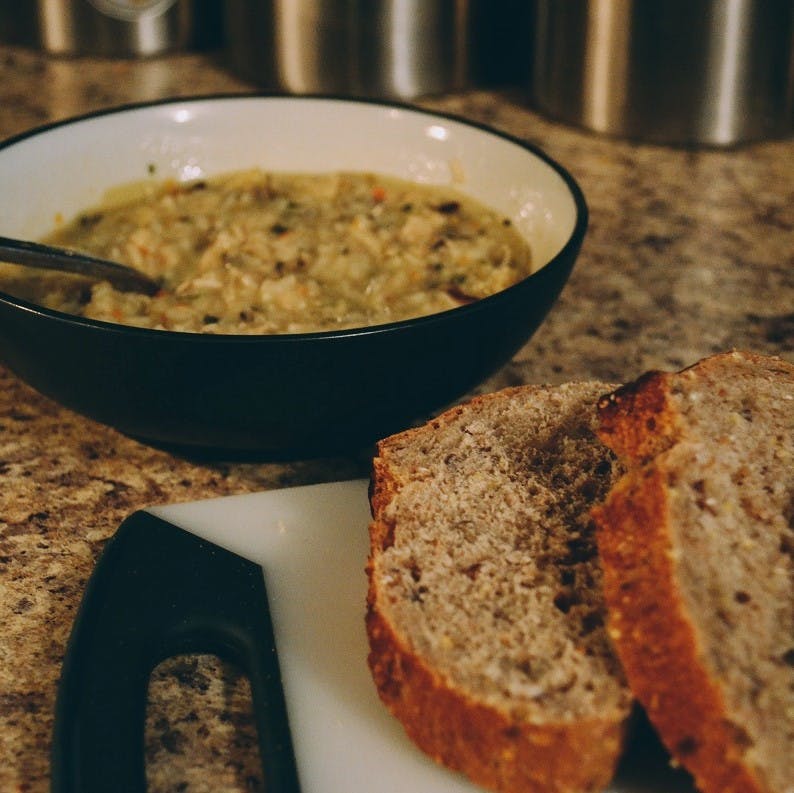
Local Farmers' Market
Keep your friends close and your farmers closer
The resurgence in the local organic farmers’ market has stoked rural economies, helped bring back a sense of community to villages and cities, as well as considerably reducing the food miles of produce. We can reduce the carbon footprint of our food by up to 6% if you eat the seasons and eat locally. What’s more, local farmers can now get a higher price for their produce, which is reflected in the quality, while you minimize the impact of your food shopping.
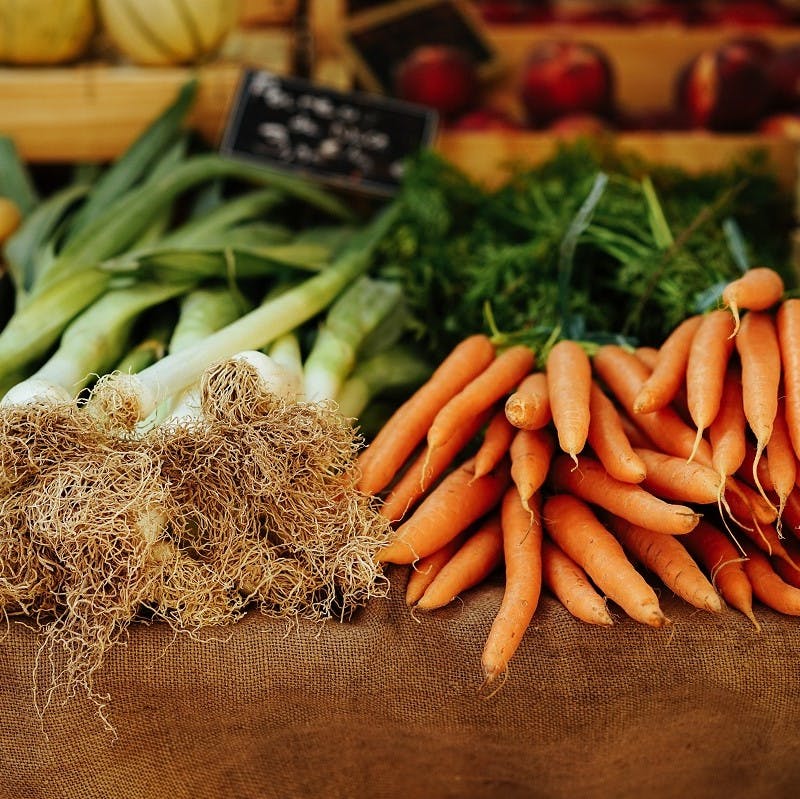
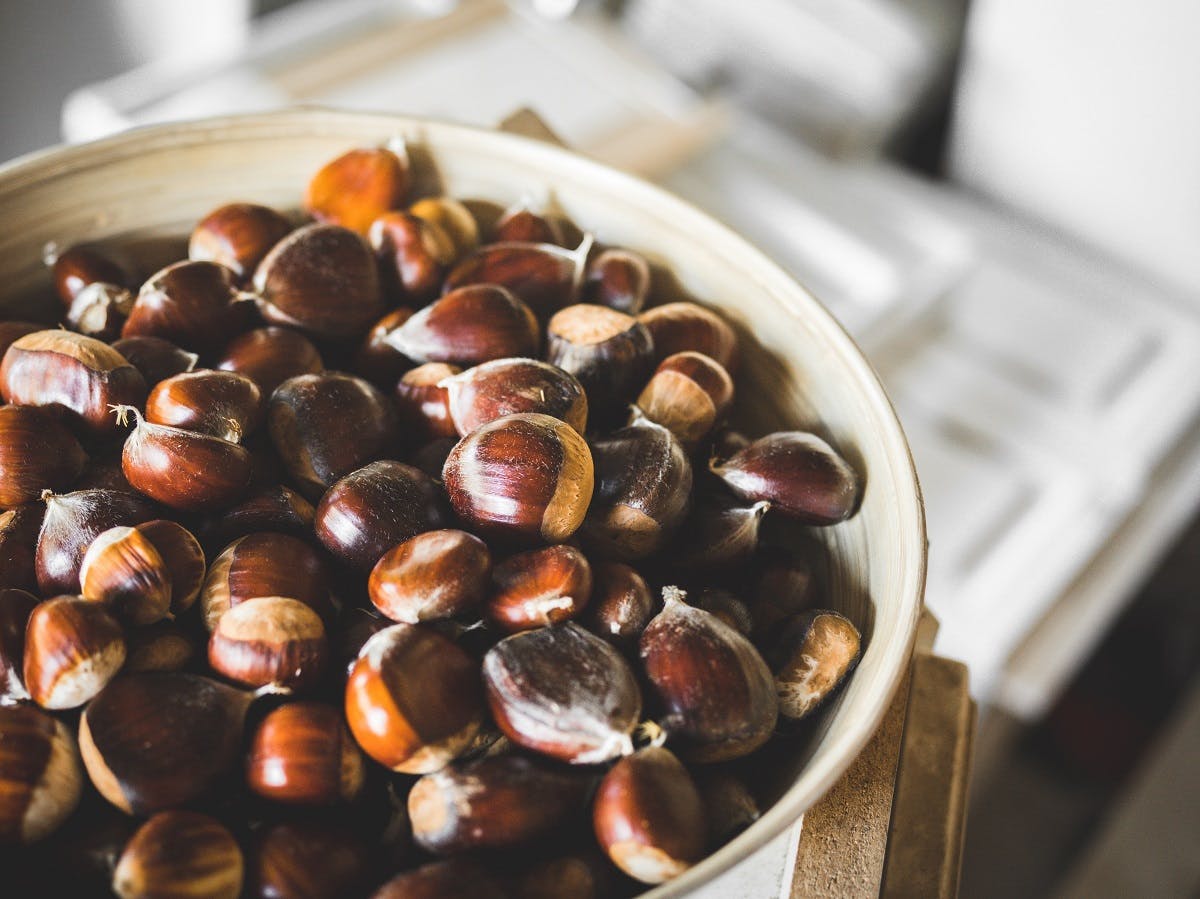

Take action now
Do you want to have a direct impact on climate change? Sir David Attenborough said the best thing we can do is to rewild the planet. So we run reforestation and rewilding programs across the globe to restore wild ecosystems and capture carbon.
Get involvedVeg Boxes
Fresh and local produce delivered to your door
For some time now, I have had a veg box delivered to my door by a local organic farm. I leave 15 euros under my door mat each Tuesday, and in return receive a box of seasonal fruit and vegetables. This simple exchange ensures minimal food miles, zero packaging, deliciously organic produce and that I am consistently eating the seasons with local produce.
Of course, at times, I might receive some veg I’m not partial to, but such greens can always be blitzed into a soup. There are even more sophisticated veg boxes that come with recipe ideas and offer a wider variety of choice such Riverford and Oddbox in the UK or FarmBoxDirect in the U.S. If you’re feeling uninspired when you open up your veg box, get ideas on how to include a healthy mix of veg in your meals in our being vegan guide.

The joy of eating seasonally is the joy of eating fresh produce and fresh foods
Anna Lappe, sustainable food advocate
Is it in Season?
Fewer food miles, more nutritional value
To eat seasonally has two major benefits. Firstly, unseasonally grown foods have a larger carbon footprint due to the additional heating, lighting, water and in worse case pesticides required to grow them out of season. Secondly, it is said that eating seasonal produce is more likely to be fresher, consumed closer to harvesting and higher in nutritional value, some antioxidants such as Vitamin C, folate and carotenes will rapidly decline when stored for periods of time.
To help you eat the seasons, we suggest investing in an eat seasonally fruit and vegetable chart available here for just £4.99. Another trick or rule of thumb is to look for the origin and price per kilo. If the veg in question is from the country you are in, it is likely to be the right season for it, while a comparatively higher price per kilo than normal suggests the veg is out of season and/or not local.
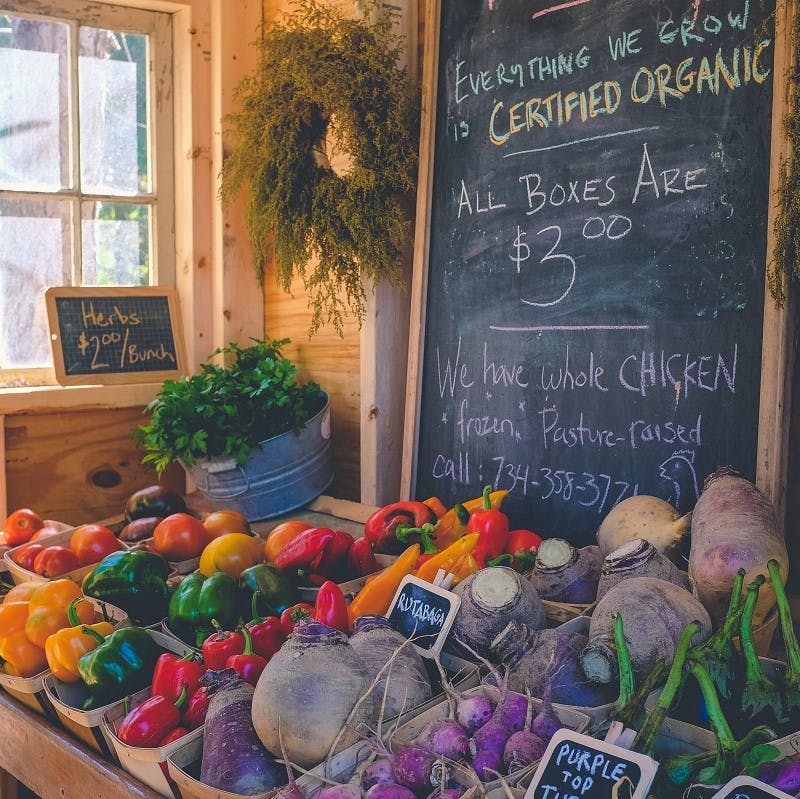
WWOOFing, grow your own & allotment initiatives
Some years ago, I had the fortune to volunteer on an adhoc basis at a small permaculture farm in return for a bag of veggies each week. In doing so, I learnt a lot about organic and sustainable farming, while knowing all my produce was 100% bio and had zero food miles.
Is there a farm near you that you could volunteer at? If not, what about WWOOFing? WWOOF organisations connect people who want to live and learn on organic farms and smallholdings with people who want to share their lifestyles, teach new skills, and welcome volunteer help. There are places in Africa, the Americas, Asia, Europe, Middle East, and Oceania. If you're looking for something closer to home, then contact your local council regarding any allotment initiatives in your town or village.
If you'd like to learn more about how to growing fruit and vegetables at home, head over to our Grow Your Own and Home Composting guides.
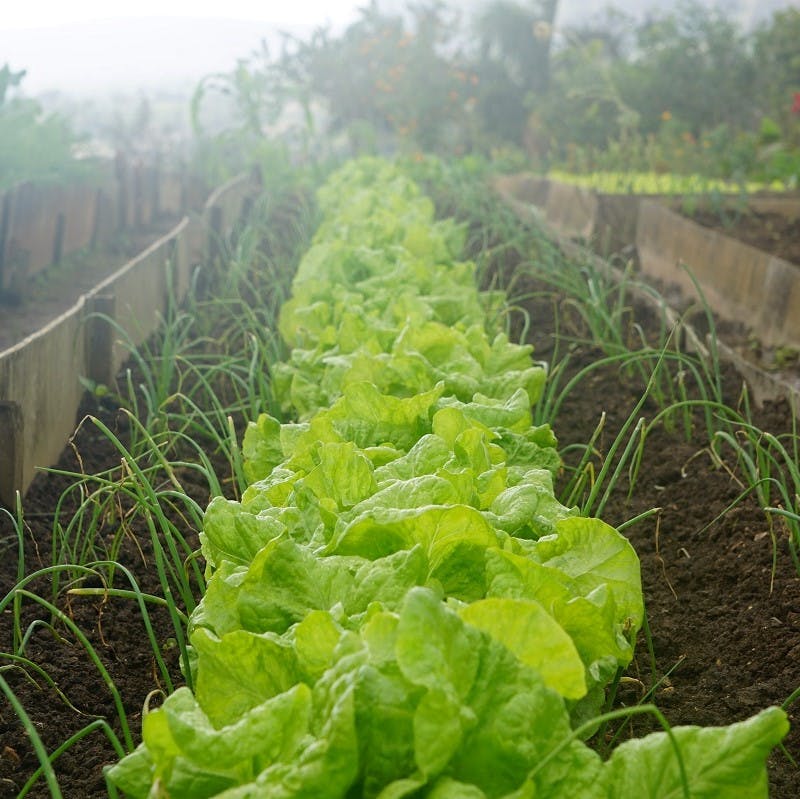
Support your local beekeeper
Since nearly one-third of the food we eat relies on bees for pollination, it is important we support our local beekeepers and their colonies. They are at the forefront in the movement to save the bees and invest much of their time and resources into bee conservation.
Wherever possible ‘Bee’ sure to buy honey from trusted local beekeepers, who sell raw honey. You can track down your local beekeeper at your local farmer’s market or contact the British Beekeeping Association in the UK or the American Beekeeping Federation for the U.S.
If you'd like to go one step further in the fight against climate change, read about our mission at Mossy Earth and see how our membership gives you direct impact on restoring ecosystems and sequestering carbon dioxide.
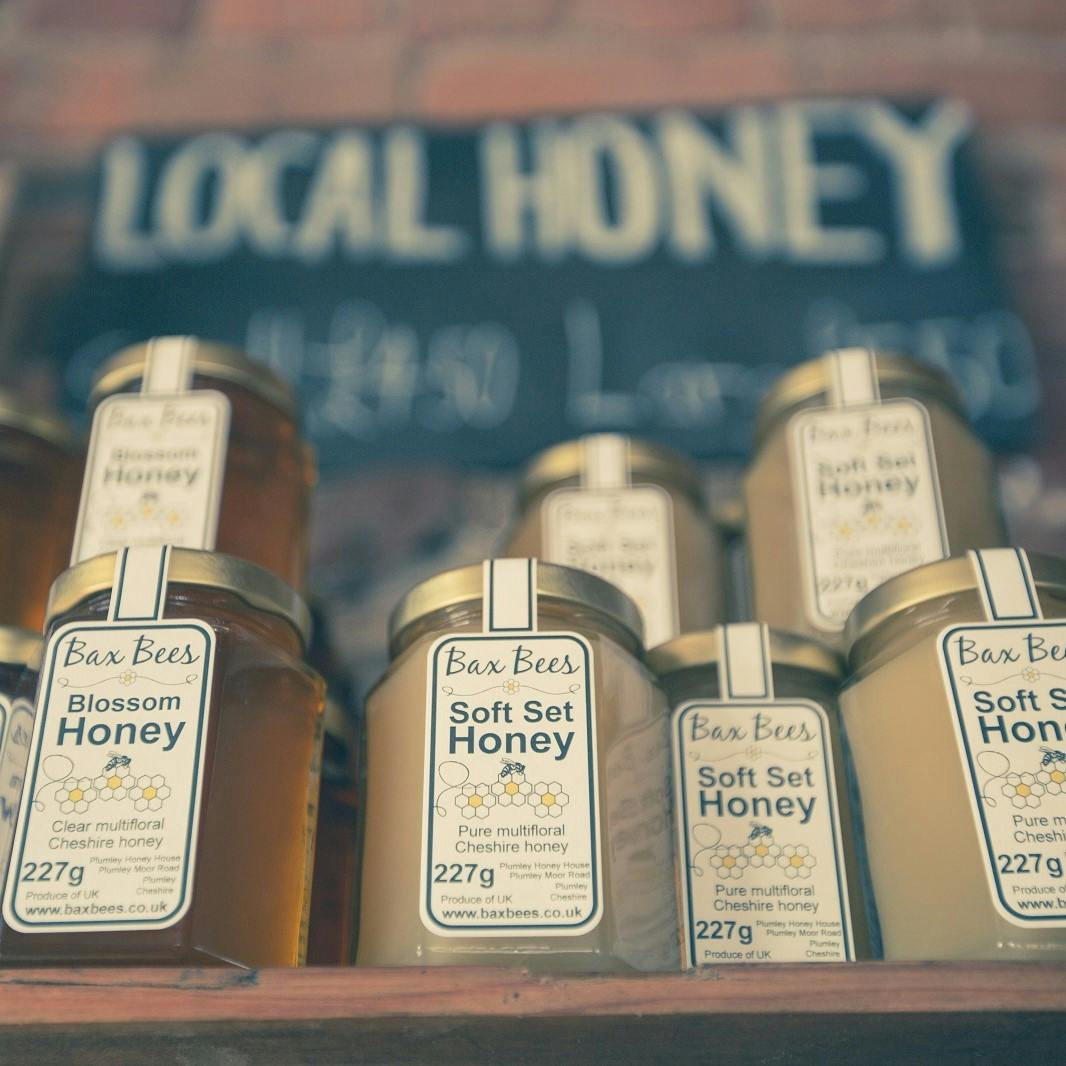
Sources & further reading

- “The Food Miles Report – the dangers of long-distance food transport” - sustainweb.org
- “Food-Miles and the Relative Climate Impacts of Food Choices in the United States” - pubs.acs.org
 Eat seasonally to reduce your footprint
Eat seasonally to reduce your footprint